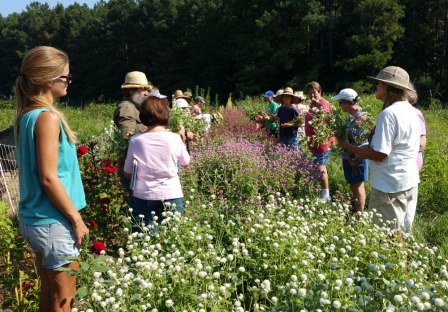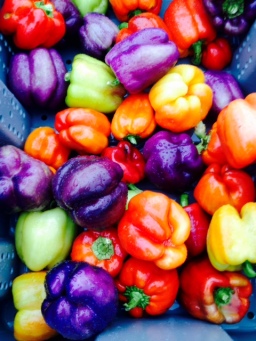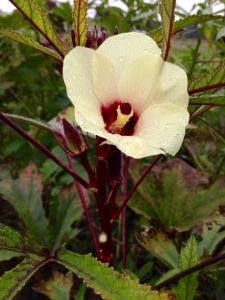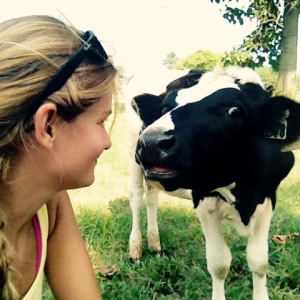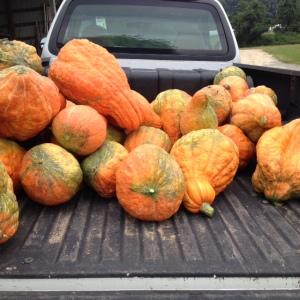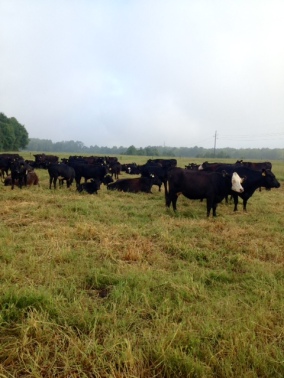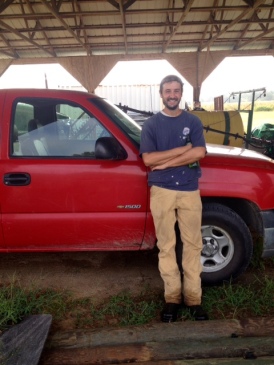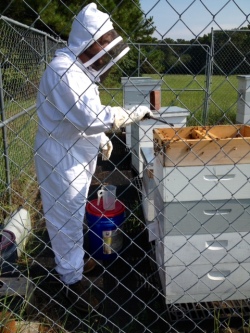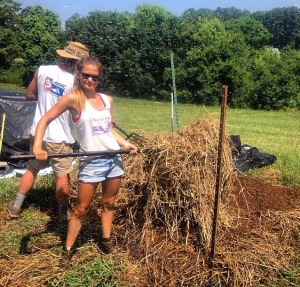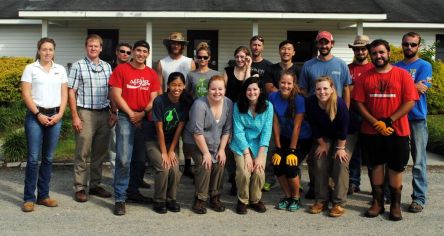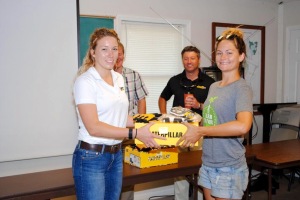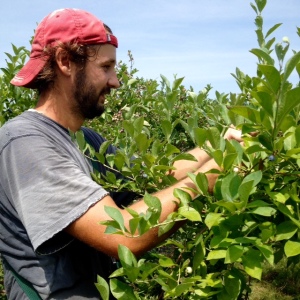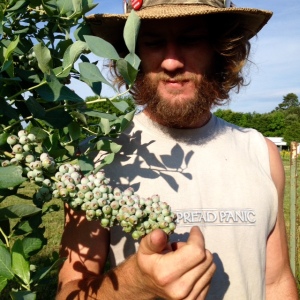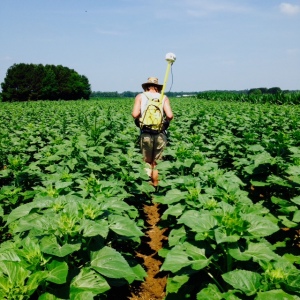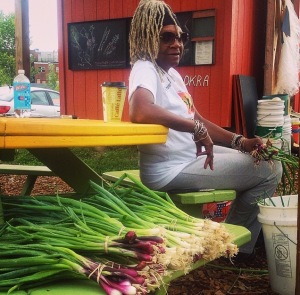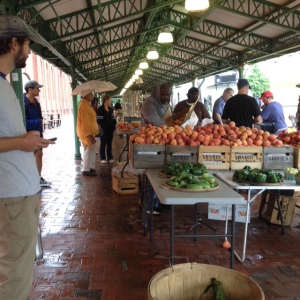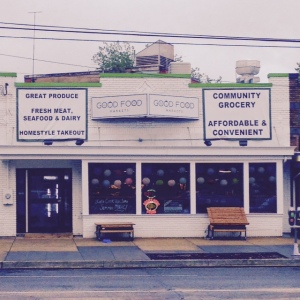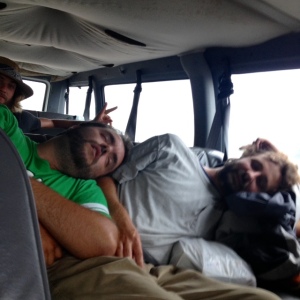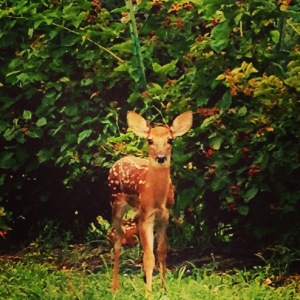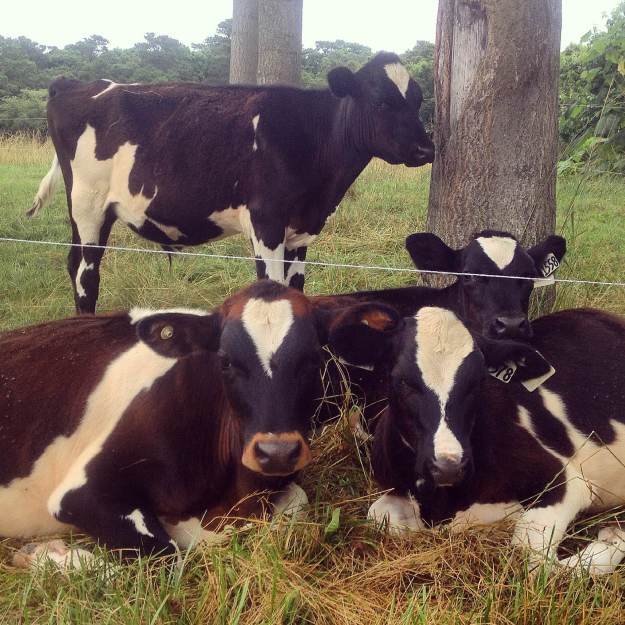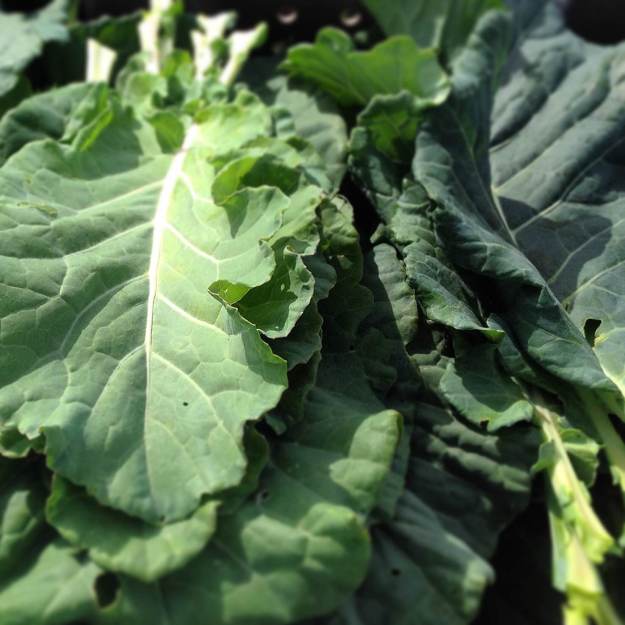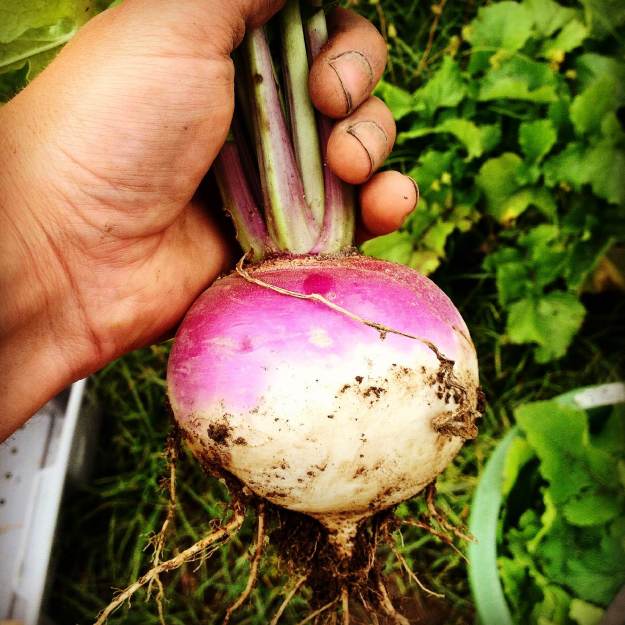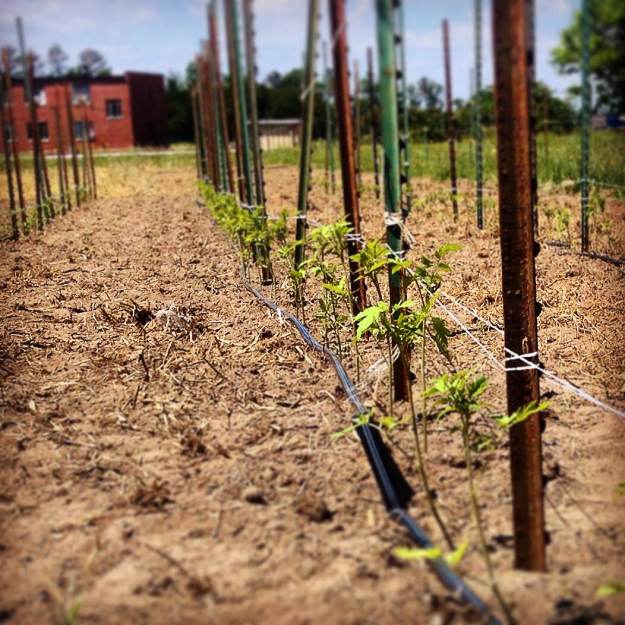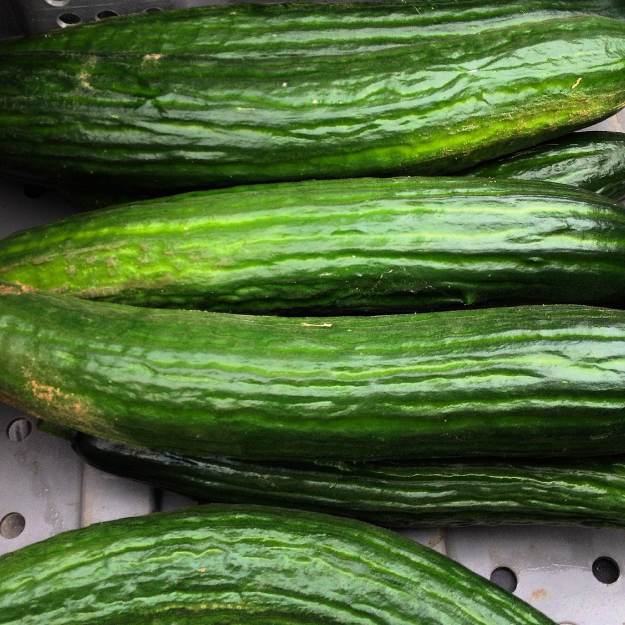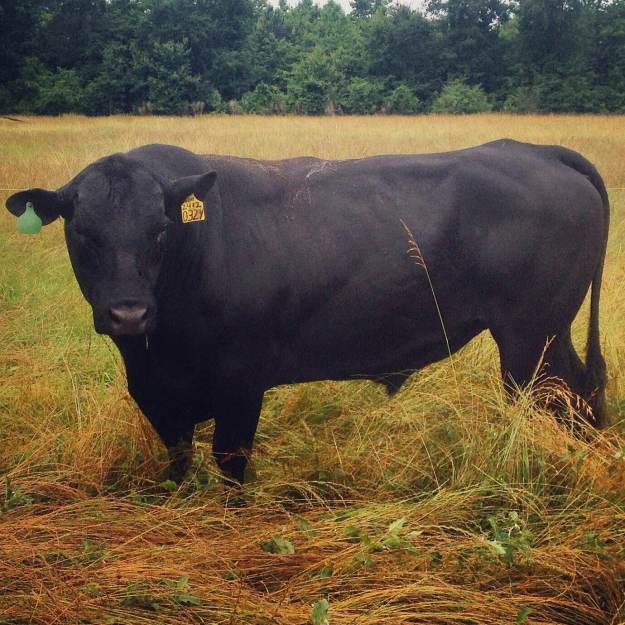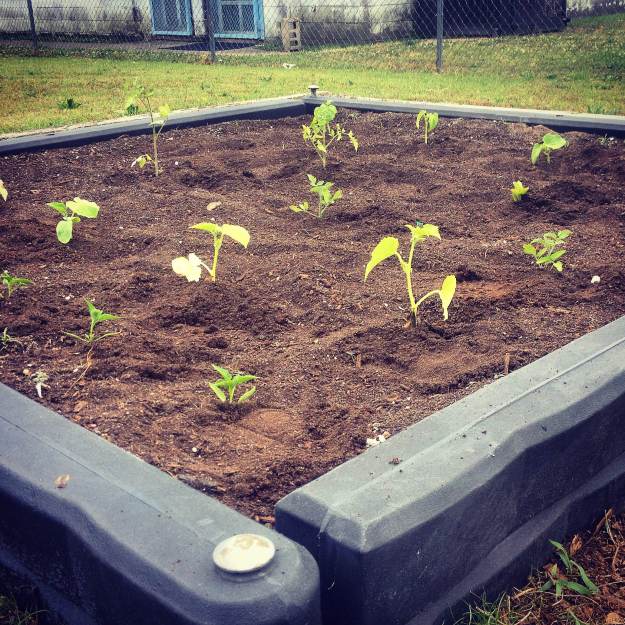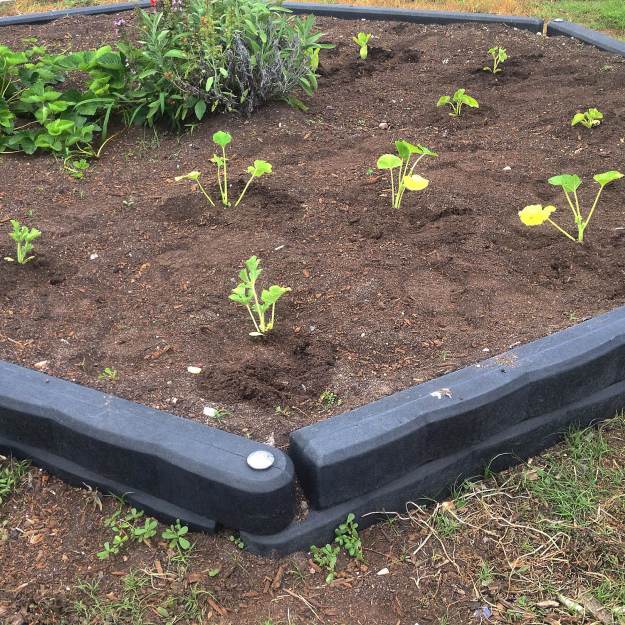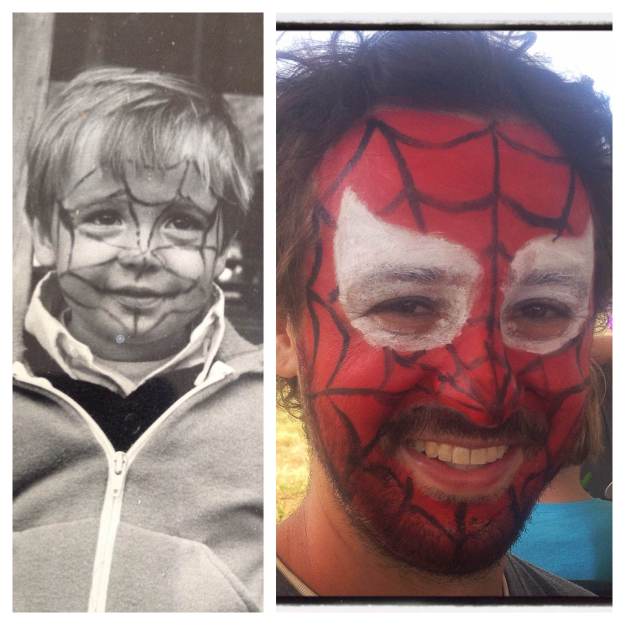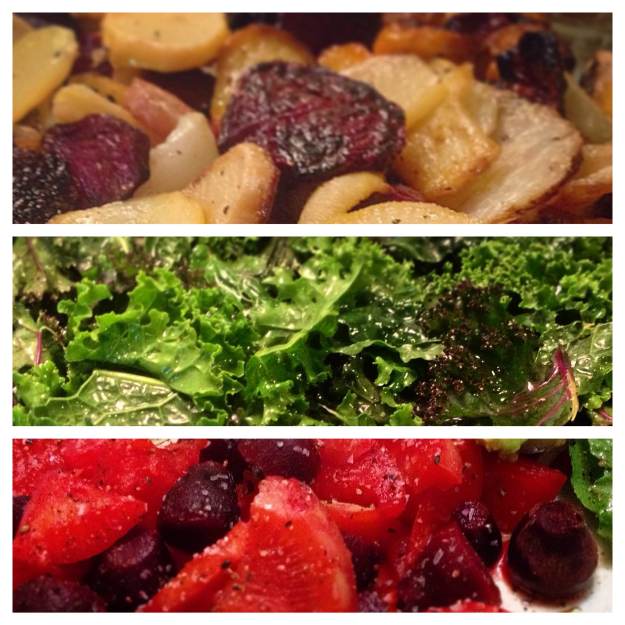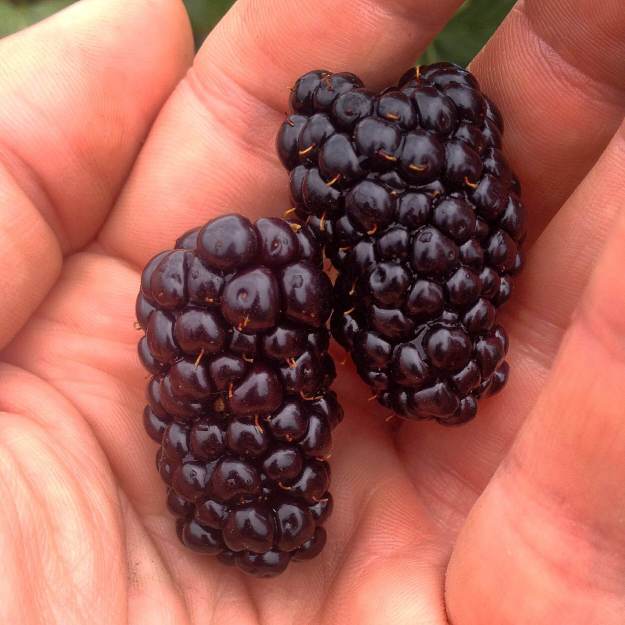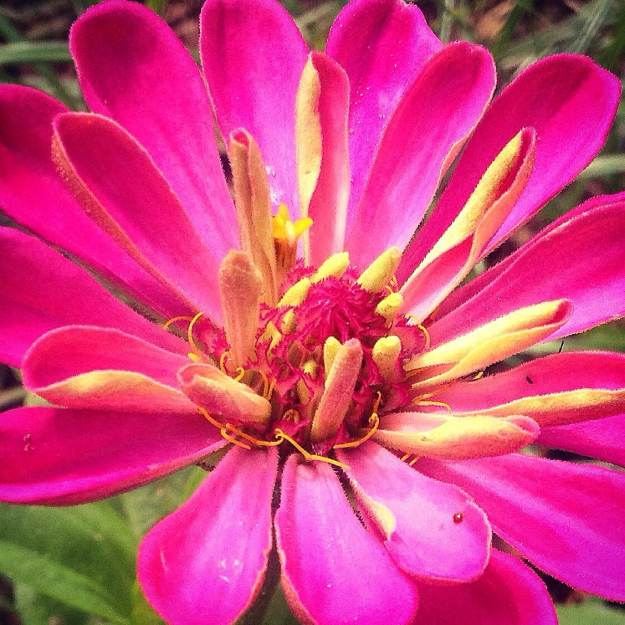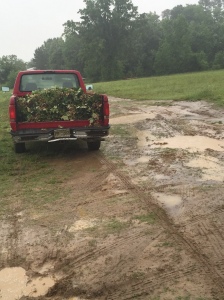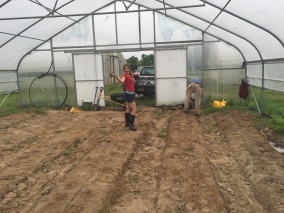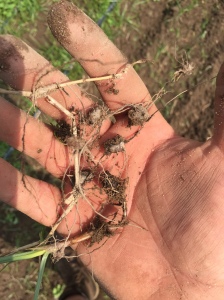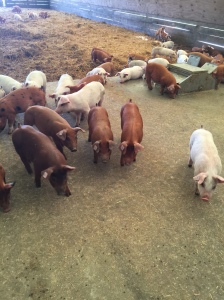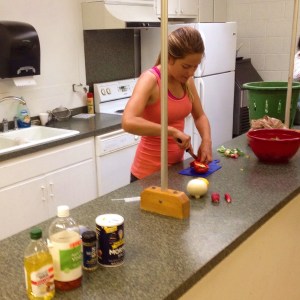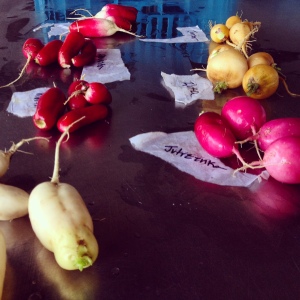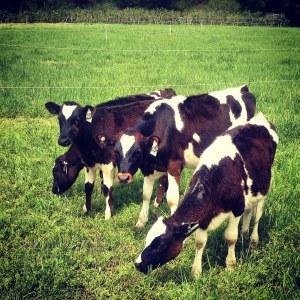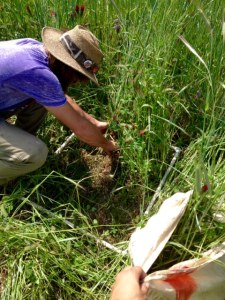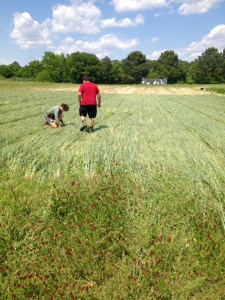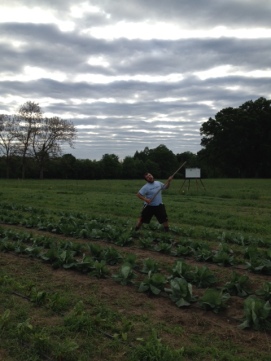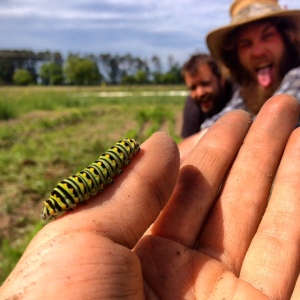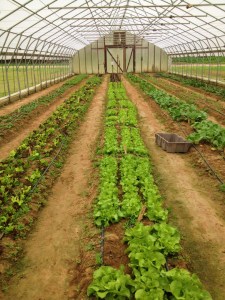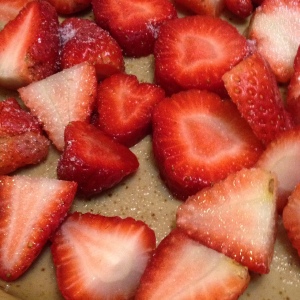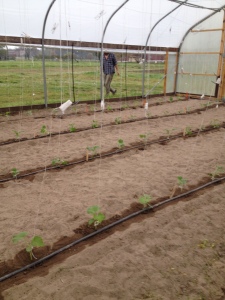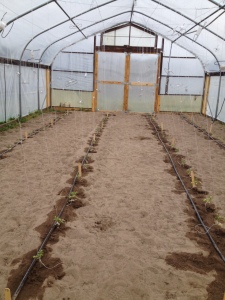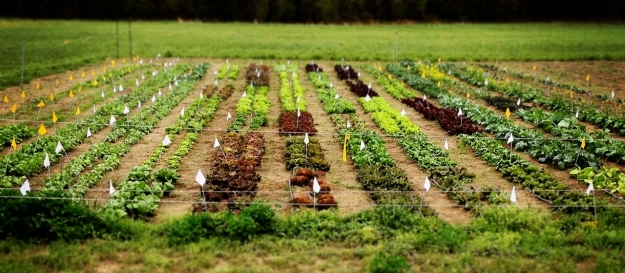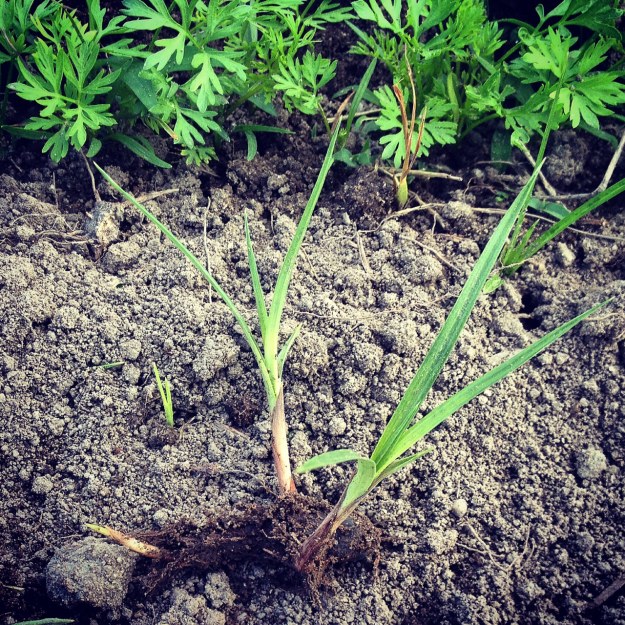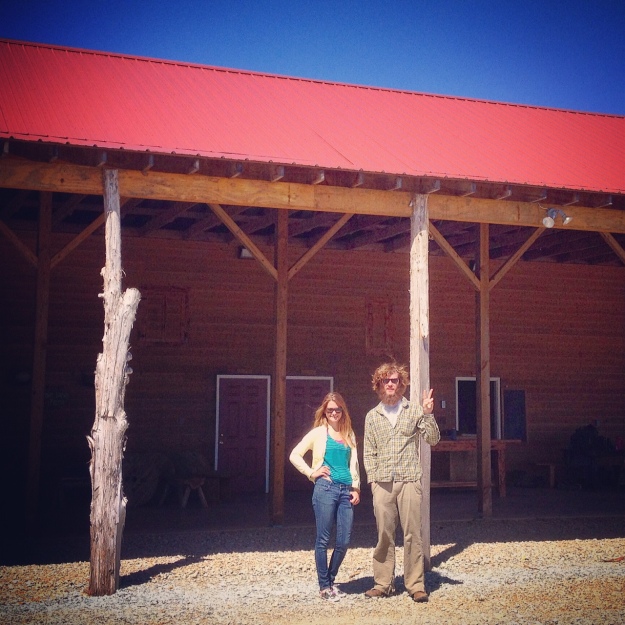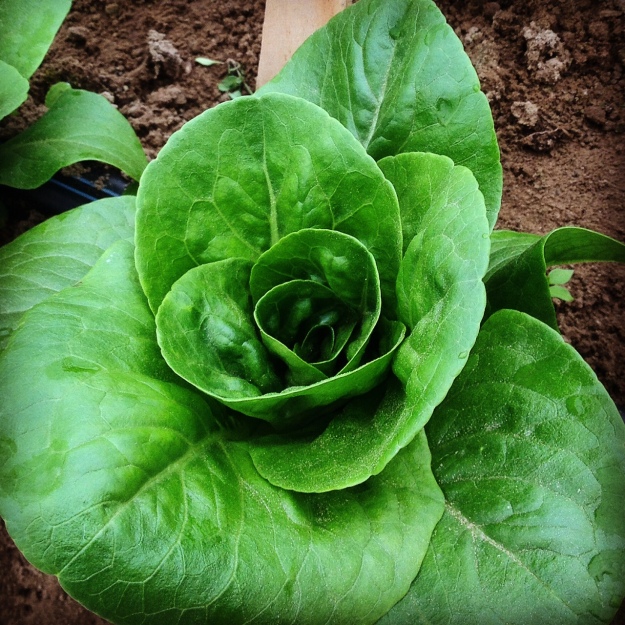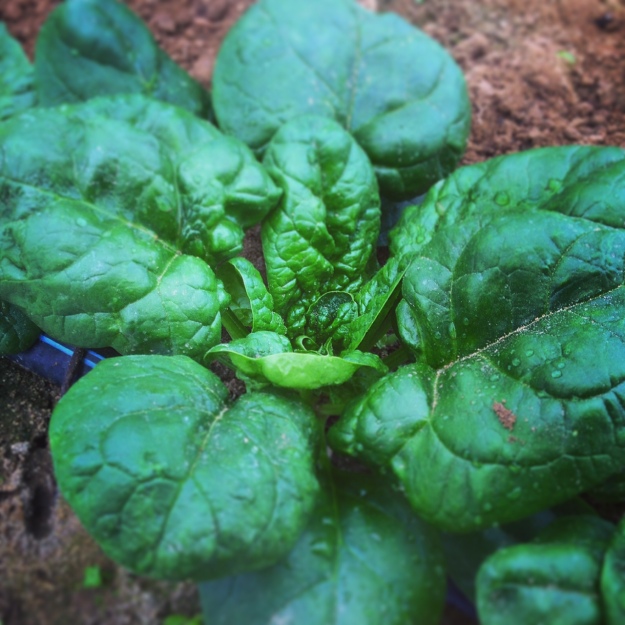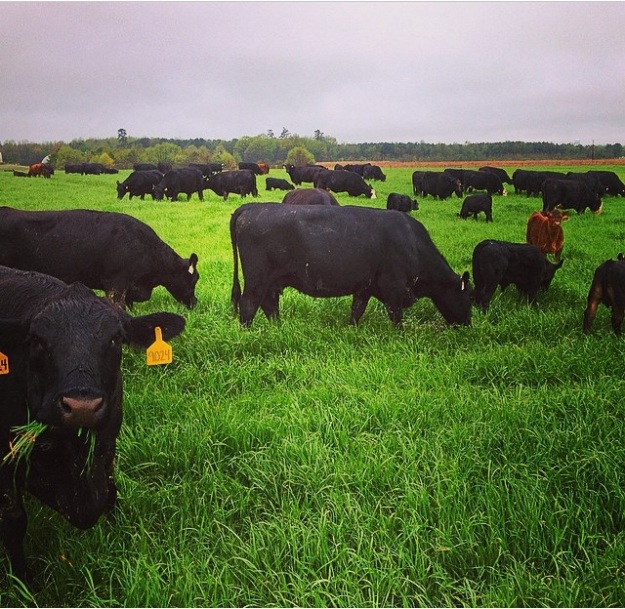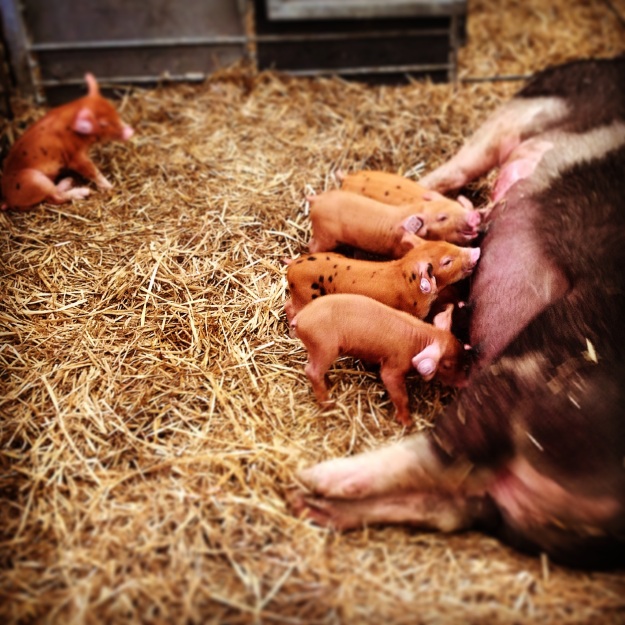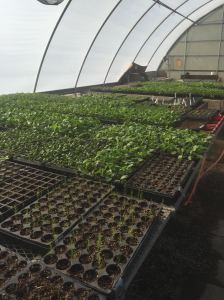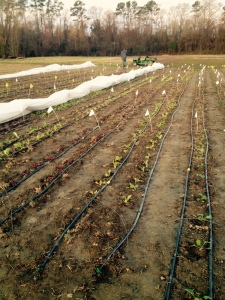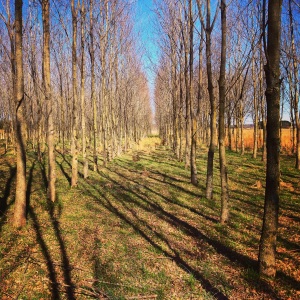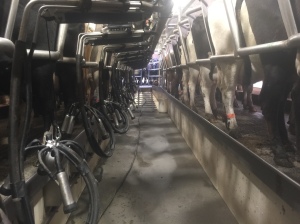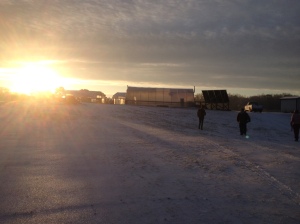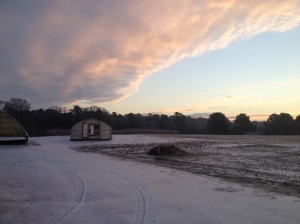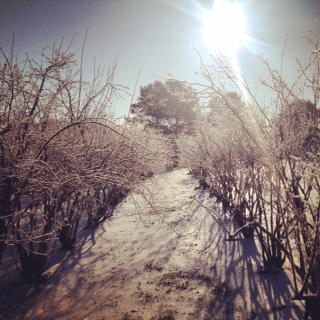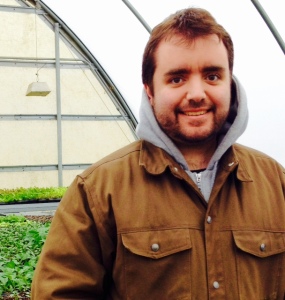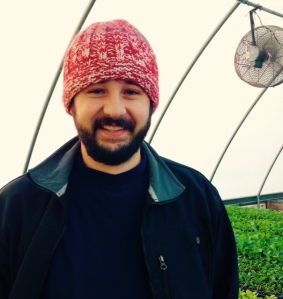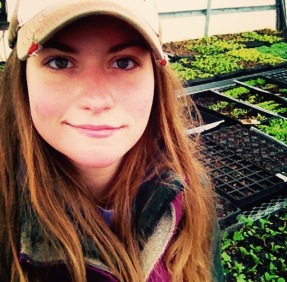“Seasons round, creatures great and small, up and down, as we rise and fall”
~John Perry Barlow
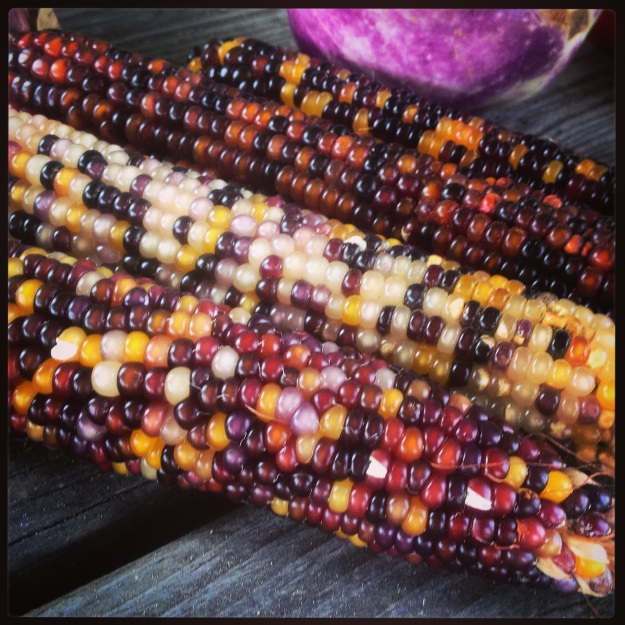
One eternal truth that I am constantly reminded of as I traverse this jagged path through life is simply that stuff takes time; typically more time (if done with quality and integrity) than the modern human has patience for in this era where we’ve grown to expect most everything to be instant or at least close to it. To me, this notion applies powerfully to food production and our food system as a whole in this country. It was also evident throughout my time at the small farm unit and during my community work at the WA Foster Center. Many a melon, cucumber, and sweet pepper were harvested underripe or downright unripe by myself and others. Sometimes it’s difficult for the novice to know how to identify peak ripeness, but, more often than not, it’s just difficult to have that restraint to hold back from harvesting that full-bodied, outwardly vibrant fruit. However we can learn that if we give it time and let it grow it will develop that inner vibrance of sweetness, nourishment value, and flavor complexity.
Now that the 2015 apprenticeship has concluded, we can look back at the wealth of knowledge and experience in sustainable agriculture that we have gathered through nearly a full growing season here in eastern NC. With summer now fully in the rearview, the summer squash, hot peppers, okra, corn, and zinnias of the season are but a memory that conjures thoughts of sweltering heat and t-shirts saturated with dirt and sweat.
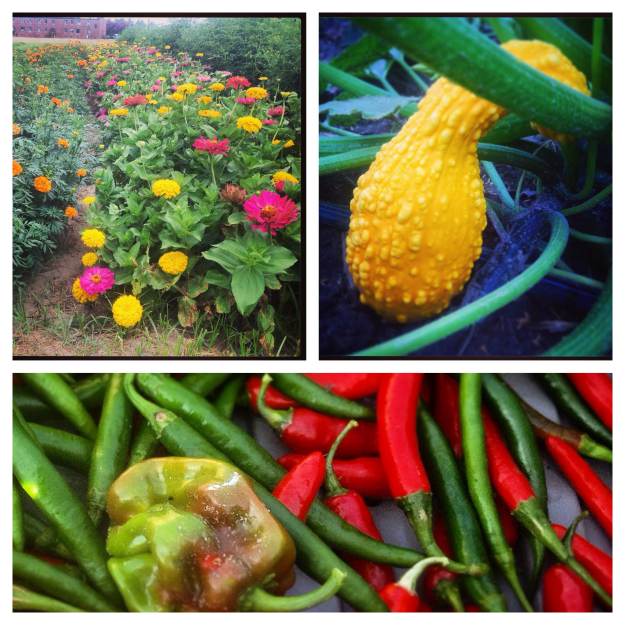
Ahh, summer memories.
We were able to put together some hefty late summer donations though before saying goodbye to those crops until next year.
We departed in the heart of the fall season, but during our final weeks we were making steady harvests of kale, collards, kohlrabi, cabbage, turnips, and mustard greens with more crops due for harvest very soon.

Beautiful violet and green “Red Giant” mustard greens.
The moringa trees that we planted as seeds back in May have grown up so fast. It seems just yesterday they were tiny seedlings, now they have become their own little forest with heights of nearly 15 feet. For those unfamiliar with moringa, it is a tree native to India. Leaves and seed pods can be eaten or used in herbal medicine. It is of high nutrient value, particularly with regard to vitamin and mineral content. It is also sometimes used for water purification.
My work at the WA Foster Center and the pasture-based beef unit moved along steadily. With just a little of the summer crop still producing at the Foster Center, I transitioned 2 of the raised beds over to fall vegetables. A lot of the focus at the beef unit during the fall season was on baling hay and weaning of the calves from their mothers’ milk.
About a month ago we attended and volunteered at the Carolina Meat Conference in Winston-Salem. A number of thoughts and ideas from the conference really stood out to me. First, the notion that meat from older animals being somehow inferior to that of younger animals is in large part just cultural perception, when in fact meat from older animals (while usually not AS tender) it typically more flavorful. Also, the keynote speaker spoke on the need for more properly managed livestock to improve pasture land, reverse desertification, and in turn help reverse climate change. Finally, I found it surprising that it seemed a theme amongst speakers that we, as Americans, consume far too much meat and it is not sustainable. I certainly strongly agree, and believe there is an abundance of evidence to back that belief, but I didn’t expect it coming from people who make their living in the meat business.
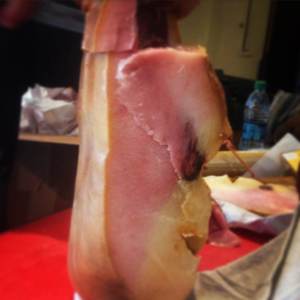
Cured ham aged for years to be sliced prosciutto.
Lastly, on our work on the small farm, we continued maintaining our memorial herb and flower garden adding some perennials such as rosemary while I recently noticed some ravishing new kids on the block (in the form of flowers) that are hangin’ tough through this colder weather.
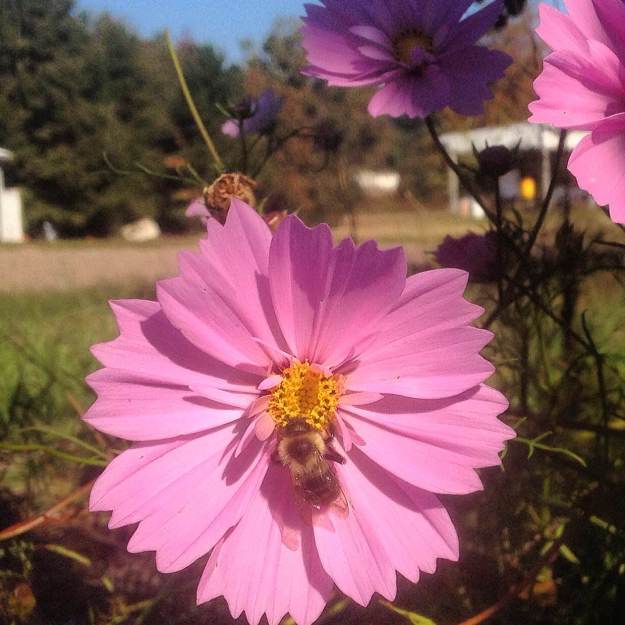
Journey to the heart of the sublime Cosmos.
Amongst the countless tangible lessons learned over the past 9 months, there have been a number of more abstract lessons learned and beliefs solidified- most of which apply to life outside of farming.
Policy made from a distance is too often misguided and ineffective- this applies to sustainable agriculture, food inequality, food insecurity, food safety, and most anything you can think of in my opinion. I hope we can learn that those who know best what is needed to alleviate issues in those sorts of areas are usually those entrenched in it and are familiar with the struggles first-hand. More “from the ground up” input and influence has the potential to start turning the tide where things have swayed far off track in my eyes.
You can’t always tell a fruit by its skin- often while harvesting tomatoes in particular I would come across a gorgeous, almost ideal looking fruit only to find, upon further inspection, it had been infiltrated by worms and/or had an entire side that was rotten. Conversely, some of the fruits with a rough outer appearance of scars and cracks were the sweetest and most exquisite on the inside
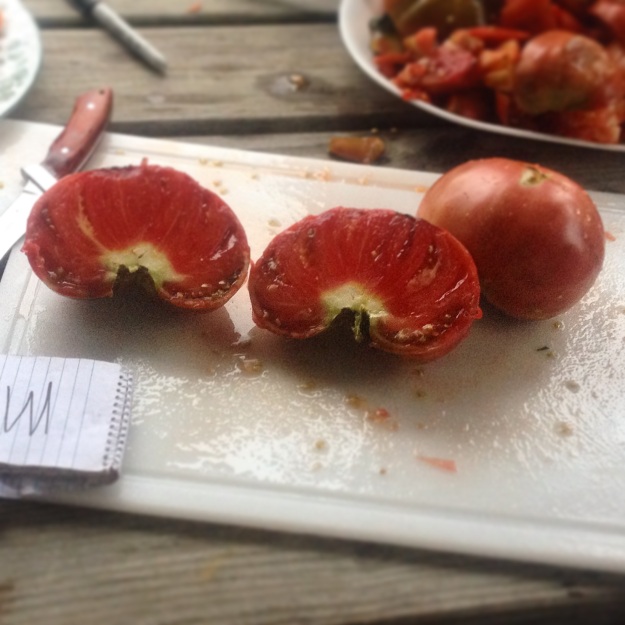
Some fruits are just impeccable inside and out; a few lovely Maxifort/Cherokee Purple grafted tomatoes
Letting go at least some- I have always had great personal struggle with letting go. I have made some small, yet significant strides in that area during the course of this program. With farming, you’re going to lose sometimes, and the unexpected will arise; in times like those one must learn the art of deciding where to hold on and where to let go- understanding that sometimes, as my favorite high school physics teacher often said, “good enough is”.
Second chances and resilience- in the spring, due to nutsedge overtaking our crops, we disked-in several rows including some chard that appeared weak and on its way out. However, weeks later, it was back, looking vigorous and healthy.
Strength and fragility- generally speaking, living things are built for survival. Plants and animals (including humans) alike are typically provided the tools to weather most of the adversity that may come along. If provided the basic necessities along with even somewhat favorable conditions, we will likely be strong and flourish. Yet, when conditions decline as a result of neglect, malnourishment, or an out of balance environment it allows stress, pests, and disease to take hold; the once healthy and robust life quickly becomes very fragile. When in a state of fragility it is difficult to recall what it was like to be strong, and when in a state of vigor it is difficult to imagine once being so vulnerable. Just as humans, sometimes when a plant is in a state of fragility or vulnerability it requires some intervention in the form of protection or support to carry it through to where it can sustain again on its own. Furthermore, it seems that oftentimes in nature those that require the most nurture and the most delicate balance of conditions are the ones that bear the tastiest fruit.
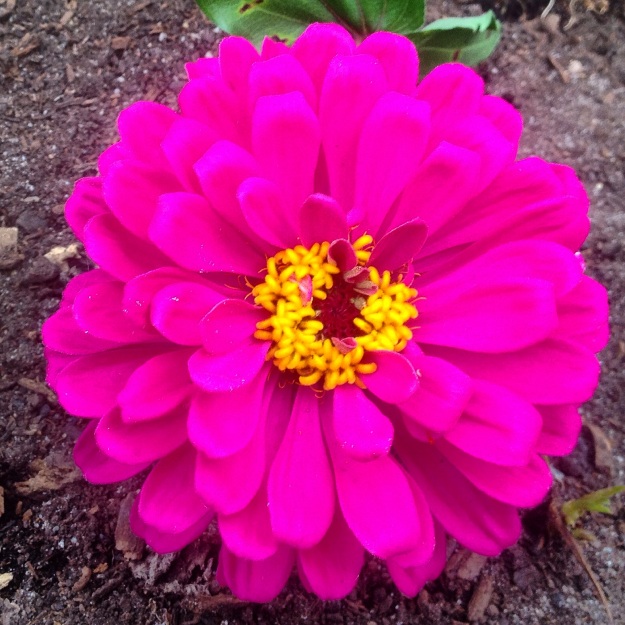
One may wonder how I see my undergraduate studies in biochemistry applying to sustainable farming. My biggest takeaway from from my studies in biochemistry is that life is fascinating, amazing, and beautiful. All of the tiny, intricate processes that take place in any living body happen with such precision and just little steps at a time that make life on this Earth possible. So much goes into each seed germinating, each flower blooming, every heartbeat, and every breath. It seems almost inexplicable how it all works together to create such complexity and magnificent harmony in nature. It amazes me how biochemical processes have the ability, starting with a tiny seed nourished by sunlight, air, water, and soil, to transform, re-encode, and arrange life’s chemicals to create the tasty and nutritious fruits that are borne of the earth. In the world of sustainable, organic farming we are provided the constant gratification of witnessing the brilliant wonders of life up close with reduced modern day distractions.
It is my belief that, in nature, all living things are connected on this planet, and everything works together to create the natural balance that makes it all work. Through my time here on the farm and my time looking inward in recent years I have found what has seemed to elude me much of my life- my enthusiasm and my purpose. For me, getting into organic & sustainable agriculture is far more than working to just grow and sell food. It is more than my love of being outdoors and working with animals. It is about a food revolution. It is about strengthening communities. It is about working with nature to create a healthier planet with healthier air, water, and soil. Much of this country seems to have forgotten what healthy food is, where it comes from, and how it grows. If we can begin to abandon the excess, the race for more- more production, more consumption. If more of us can start getting out more from the boxes we’re in under artificial lights running the never-ending rat race, and put ourselves in fresh air, under the sun, and tending to the soil of the earth, working with the rhythm of life. If we can just slow down and begin to take steps, then we can just let it grow- let it grow into a planet where lives work in more peaceful harmony with one another, with whom we are all connected.
A single tiny seed, packed with information
A brief glimpse of light as it leaves its fruit
And nestles just beneath the soil surface
Darkness again, darkness until…
The time is right, the conditions just right
It sends its sprout to break for light
New life has begun…
Simply seeking elements necessary for lush growth
Until it can give back its seeds to the earth,
So as the cycle may begin again.
Closing Time
Alright, after my shoddy attempt at poetry, I’ll close. As I leave this apprenticeship to move forward, uncertainty lingers. But there is always hope- I keep reminding myself that “every new beginning comes from some other beginning’s end” (Seneca (and Semisonic)). With that in mind, I will ride off to what lies next on my path and I will continue, “dripping in this strange design” (Anastasio/Marshall).
~Jamie












